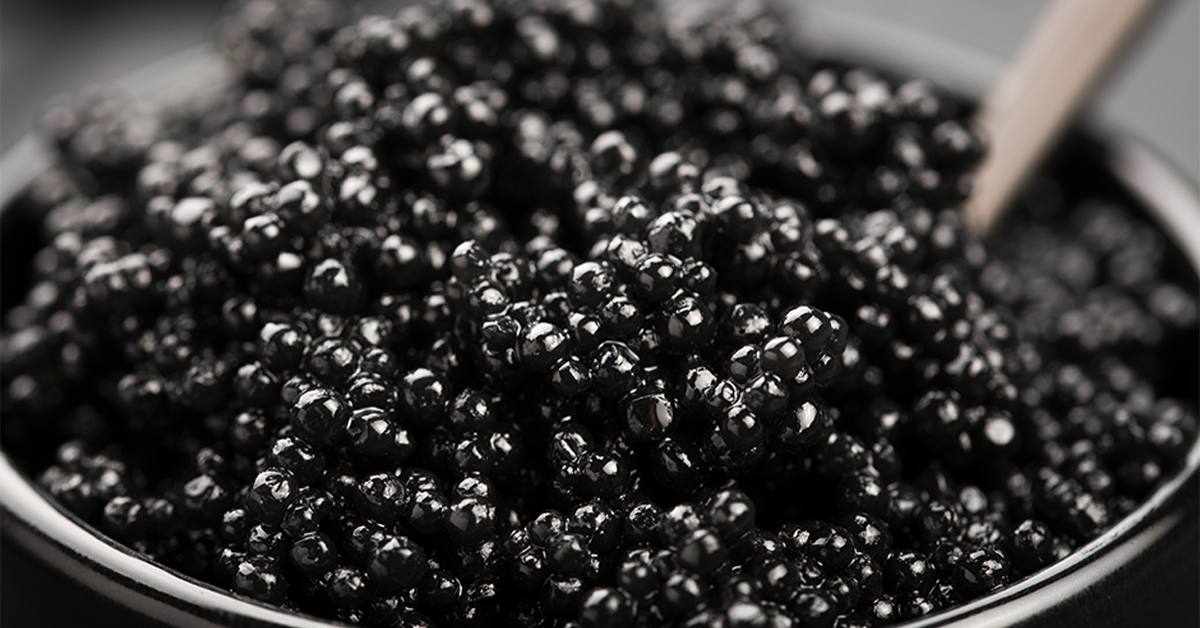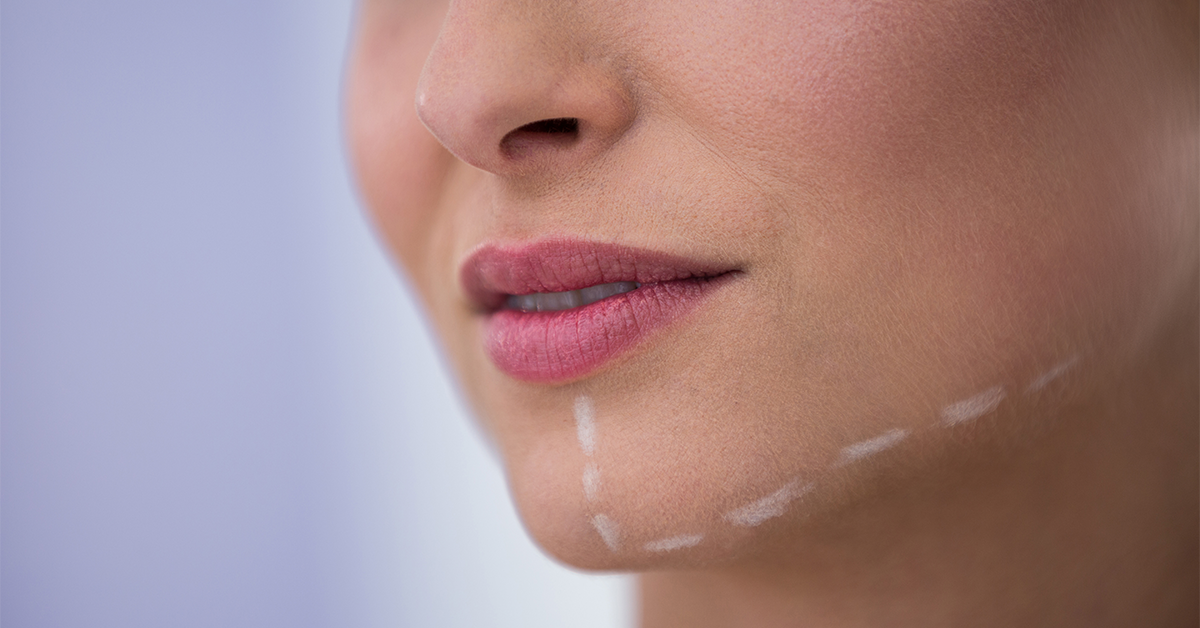Caviar nutrition information plays a pivotal role in understanding why this luxurious delicacy continues to captivate food lovers worldwide. From its unique flavor profile to its wealth of nutrients, exploring what makes caviar a nutritional powerhouse can elevate your culinary appreciation—and help you make informed decisions about enjoying it.
TRENDING
Complete Mold Detox Protocol: Your Step‑By‑Step Guide
What Is Caviar And Why Nutrition Matters
Caviar consists of the salted roe of sturgeon and other fish species, revered as a symbol of luxury. Yet beyond its status, caviar nutrition information reveals a host of essential vitamins, minerals, and healthy fats that offer genuine health benefits. For those seeking informed indulgence, knowing caviar’s nutritional strengths—and limitations—guides mindful consumption.
Comprehensive Breakdown Of Caviar Nutrition Information
Macronutrient Profile
- Protein: Caviar delivers roughly 24 g of protein per 100 g, making it a complete protein source that supports muscle repair and immune function.
- Fats: High in heart-healthy omega‑3 fatty acids, caviar contains approximately 12–15 g of total fat per 100 g, with omega‑3s contributing significantly to cardiovascular well‑being.
- Carbohydrates: Carbohydrates are virtually nonexistent, which makes caviar suitable for low-carb and ketogenic diets.
- Calories: Each 100 g serving provides around 250–270 kcal, allowing for a nutrient-rich treat without excessive caloric intake when enjoyed in moderation.
Micronutrient Highlights
- Vitamin B12: Essential for red blood cell production and neurologic health, caviar contains impressive amounts, often about 20–30 μg per 100 g—well above daily requirements.
- Vitamin D: This nutrient supports bone health and immune function; caviar provides moderate levels that complement dietary intake.
- Selenium: Stops oxidative damage; 100 g offers roughly 60–80 μg, meeting a substantial portion of daily needs.
- Magnesium, Iron, and Calcium: Present in smaller but meaningful quantities, these minerals support bone health, oxygen transport, and metabolic processes.
Health Benefits Based On Caviar Nutrition Information
Heart Health Support
Thanks to its omega‑3 fatty acids (EPA and DHA), caviar can reduce inflammation, lower triglycerides, and help maintain healthy blood pressure levels.
Cognitive & Mood Enhancement
The combination of vitamins B12 and D supports brain function and emotional stability, potentially reducing risks of cognitive decline and mood disorders.
Antioxidant Protection
Selenium and vitamin E in caviar combat free radicals, protecting cells from oxidative stress and contributing to overall well-being.
Muscle & Recovery Support
High-quality protein in caviar assists muscle recovery, immune health, and tissue maintenance—ideal for active individuals.
Potential Drawbacks & Considerations
Sodium Content
Caviar is naturally high in sodium due to the salt-curing process, with 100 g potentially providing over 1 500 mg—nearly two-thirds of the daily recommended limit. This is important for individuals with hypertension or sodium-sensitive conditions.
Mercury & Environmental Contaminants
Like other fish products, caviar may contain trace contaminants. Purchasing from reputable, sustainably certified sources helps minimize these risks.
Caloric Density
While nutrient-rich, caviar’s calories can accumulate quickly if consumed in large quantities, so portion control preserves both benefit and enjoyment.
How To Incorporate Caviar Based On Nutrition Insights
Moderation Is Key
Enjoy 1–2 tablespoons per serving to benefit from nutrients without overwhelming sodium or calorie intake.
Combine With Balanced Foods
Pair with whole‑grain toast, eggs, yogurt, or avocado to balance fats, protein, and fiber.
Choose Quality Sources
Opt for sustainably farmed or certified wild-caught caviar to ensure optimal nutrient quality and minimal contaminants.
Tailor to Dietary Needs
Caviar aligns with ketogenic, paleo, and pescatarian diets, but those with kidney issues or hypertension should monitor intake closely.
Caviar Nutrition Information vs. Other Fish Roe
| Feature | Caviar (Sturgeon Roe) | Salmon Roe (Ikura) | Lumpfish Roe | Trout Roe | Whitefish Roe |
|---|---|---|---|---|---|
| Cost | High | Medium | Low | Low–Medium | Low |
| Omega‑3 Content | Very High | High | Moderate | Moderate | Moderate |
| Protein per 100 g | ~24 g | ~32 g | ~20 g | ~34 g | ~30 g |
| Ease of Use | Requires refrigeration & plating | Easy jarred use | Extremely easy | Easy (jarred) | Easy (jarred) |
| Health Benefits | Broad micronutrients, heart & immune | High omega‑3 & protein | Light flavor, less expensive | High protein & omega‑3 | High protein, subtle flavor |
This table enhances clarity, helps compare nutritional profiles, costs, and usability—making it easier to choose based on individual needs.
Buying, Storing, And Serving Tips
- Buying: Look for uniform grain size, glossy appearance, and a mild sea-fresh aroma. Avoid overly fishy odors or broken eggs.
- Storing: Keep refrigerated at 28–32 °F (–2 to 0 °C) and consume within 3–4 days of opening. Frozen caviar retains quality for up to 6 months.
- Serving: Use non-reactive utensils (mother‑of‑pearl or wood) to preserve flavor. Serve chilled on ice with minimal garnishes to let the caviar nutrition information shine.
Expert Insight & Industry Standards
Caviar experts consistently emphasize that the roe’s nutrient quality depends on processing, aging, and storage standards. Premium caviar is often graded based on size, color, firmness, and roe integrity—all of which also influence texture and nutritional retention. Well-managed cold-chain and precise salting protocols preserve delicate fats and vitamins, making the caviar nutrition information more reliable.
Emotional & Practical Reasons To Savor Caviar
Understanding caviar nutrition information supports not only a healthy body but also enhances the emotional and sensory experience:
- Joy of indulgence: Treating yourself responsibly can boost mood and serve as a celebration of life’s finer moments.
- Social connection: Sharing caviar with loved ones fosters trust, intimacy, and shared delight.
- Mindful eating: Being informed allows for savoring every small bite and relishing pleasure without guilt.
Addressing User Intent & Actionable Insights
For readers seeking informational guidance: This guide delivers a deep dive into caviar nutrition information and practical ways to enjoy it mindfully.
For those with transactional intent: Use the comparison table and buying tips to choose quality caviar that aligns with budget and dietary goals.
For navigational needs: Throughout the article, you’ll find clear signposts to help you purchase, store, and serve caviar confidently.
Myths vs. Facts About Caviar Nutrition Information
- Myth: All caviar causes high cholesterol.
Fact: Caviar’s monounsaturated and omega‑3 fats can improve cholesterol ratios when eaten responsibly. - Myth: Caviar is just empty calories.
Fact: Caviar packs protein, essential vitamins, and minerals—it’s far from empty and supports multiple bodily systems. - Myth: Anyone can eat it freely.
Fact: People with kidney or sodium-sensitive conditions should monitor salt intake.
Quick Tips For Maximizing Nutrition & Taste
- Pair caviar with healthy fats like avocado or nuts to boost nutrient absorption.
- Use caviar in small portions as a topping to add flavor, nutrients, and prestige to everyday meals.
- Rotate with other omega‑3 sources like fatty fish, chia seeds, or flax to diversify your diet.
Conclusion
Caviar nutrition information anchors this luxurious food in science while celebrating its culinary splendor. Rich in high-quality protein, essential omega‑3s, and vital micronutrients, caviar delivers meaningful health advantages when enjoyed with mindfulness. However, its sodium content and cost warrant thoughtful portioning and responsible sourcing. For those who appreciate refined flavor and seek informed indulgence, caviar can be a delicious and health-supportive treat.
ALSO READ: Cannabis And Antibiotic: Exploring Their Interaction And Potential Benefits
FAQs
What is the calorie count in caviar per tablespoon?
A typical tablespoon (about 15 g) of caviar contains roughly 40 kcal, primarily from healthy fats and protein—making it rich yet portion-friendly.
Can pregnant women eat caviar safely?
Yes, but only pasteurized caviar. Raw or unpasteurized varieties may carry bacterial risks and high sodium levels, so always choose pasteurized and consume in moderation.
Does caviar contain mercury or toxins?
Caviar may contain trace levels of mercury and environmental contaminants. Purchasing sustainably farmed or certified wild-sourced caviar minimizes these risks.
How much omega‑3 is in caviar compared to salmon?
Caviar offers around 3 g of omega‑3s per 100 g, which is comparable to fatty fish. However, serving sizes differ, so aiming for variety helps you meet omega‑3 goals.
Is caviar high in sodium?
Yes—100 g of caviar can contain over 1 500 mg of sodium. To manage intake, enjoy caviar in small portions and balance with low-sodium foods.
How should I store caviar after opening?
After opening, refrigerate at 28–32 °F (–2 to 0 °C) and consume within 3–4 days for optimal safety and flavor. Unopened and frozen caviar can last up to six months.










